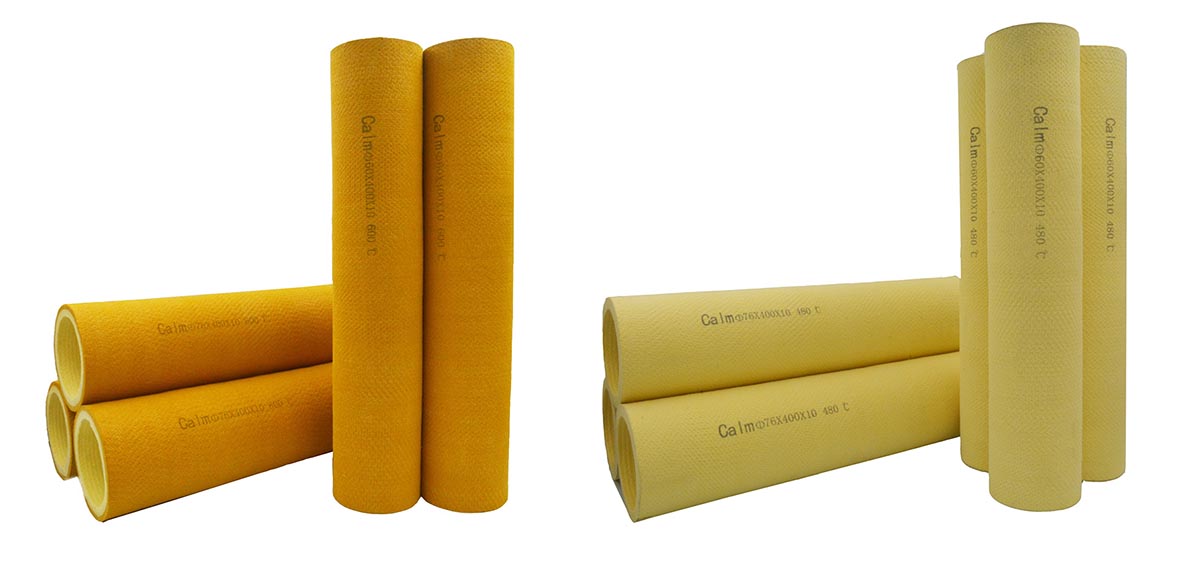Views: 470 Author: Site Editor Publish Time: 2020-03-30 Origin: Site
PBO and Kevlar are both excellent fibers, and as a result, they are now being used in many different industries. However, while these materials might seem similar initially, they actually have slightly different ingredients, different characteristics, different advantages, and different uses. With this thought in mind, before choosing the right type of material for your needs, you should always consider the different properties to determine which material might be best suited to your project’s requirements overall.

Kevlar is one of the most well-known materials in the commercial fiber world. It was originally recognized by the world for its use in body armor and the like, thanks to its exceptional durability. However, in reality, there’s so much more to Kevlar than just strength alone, making it versatile and increasingly popular. In fact, this magical synthetic material has many characteristics and is widely used in many different aspects of our lives – sometimes without us knowing it!
Kevlar fiber is a kind of aramid fiber composite material that was originally designed and developed by DuPont in the United States in 1965. Polish-American chemist Stephanie Kwollerk created the material, ensuring that Kevlar fiber has several important characteristics, such as low density, high strength, impressive toughness, a high level of temperature resistance, easy processing, and effective molding, which has attracted many people’s attention.
In a shear test of paper, leather, and Kevlar, it’s easy to see that Kevlar fibers cannot be cut with scissors at the same thickness. In addition to their impressive degree of tear resistance, high abrasion resistance, and shear resistance, Kevlar also has the following characteristics:
· Permanent heat resistance and flame retardancy
· Permanent antistatic properties
· Permanent acid and alkali resistance
· In the event of a fire breaking out, Kevlar does not generate molten droplets or toxic gas particles
· Thickening the cloth’s surface when it is burnt allows it to enhance the sealing performance without cracking
According to tests, Kevlar fiber is not only able to withstand cutting by sharp scissors and cutting utensils, but it can even withstand armor-piercing bullets. In fact, Kevlar’s ability to resist armor-piercing bullets may be better than FRP and steel armor.
Kevlar materials are widely used to replace nylon and fiberglass. Under optimal conditions, its protective ability can be at least doubled, and it has good flexibility and is highly comfortable to wear. As such, body armor made from this material weighs only 2 to 3 kilograms and is very easy to move. Therefore, it has been widely used by the military and police forces.
PBO fiber is short for Poly-p-phenylene benzo isoxazole, and it is a strongly reinforced composite material that was originally developed in the United States. The first applications for PBO fibers were seen during the development of the aerospace industry in the 1980s. PBO is one of the most promising members of the cycloramic polyamide family, and it is now known in some fields as the 21st-century super fiber.
PBO Fiber Properties
The strength of PBO fiber products is 5.8GPa, and the modulus is 280GPa. This makes it among the highest compared to other existing chemical fibers. Furthermore, its level of heat resistance reaches around 600°C and its limiting oxygen index (LOI) is 68, meaning that it does not burn or shrink when exposed to open flames. As such, PBO fiber has a superior level of heat resistance and flame resistance than any other organic fiber.
PBO fibers are excellent for their impact resistance, friction resistance, and dimensional stability, and they are light and soft, making them ideal textile materials.
As an exceptionally high-performing fiber from the 21st century, PBO has very good physical and mechanical properties and chemical properties. Its strength and modulus are twice that of Kevlar fiber. Moreover, it has the heat resistance and flame retardancy of meta-aramid. As such, PBO’s physical and chemical properties completely exceed Kevlar fiber’s properties, the latter of which has been a leader in the field of high-performance fibers up until now.
PBO Applications
In recent years, high-performance fiber composite reinforcement materials have been widely used in high-rise buildings, large bridges, marine engineering, and other construction fields in developed countries such as Europe, America, and Japan. They help support the bearing capacity and seismic resistance of the structure. In addition, in terms of bridge construction, steel wire ropes cannot be used for long bridges due to their own weight. As such, it is desirable to use lightweight, high-strength cables. Cables made of PBO fiber with high specific strength and good dimensional stability are, as such, one of the best choices.
By this point, I’m sure you have a better understanding of the definition, features, and applications of PBO and Kevlar. You can click here to learn more information about PBO vs Kevlar and other heat-resistant fibers.
If you have any questions, please send us an inquiry directly at toby@gdcalm.com. Our friendly team will reply to you as soon as possible.